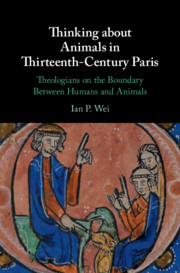Informed study of Aquinas suggests that absolute idealism and realism do not differ about the relation of created and uncreated freedom (praemotio physica) but rather, if at all, about created vis à vis uncreated being generally. Both cannot be in the same sense. Nor, therefore, have we grounds for distinguishing divine or infinite thinking from real production, if nothing else really is. The Thomist doctrine that God has no real relation to anything outside God is thus, implicitly, absolute idealism. Positing “ontological discontinuity” denies the absolutely infinite transcendence in affirming it. We have no being as God, uniquely, has. This is the meaning of “image”, while “face to face” is ultimately one face (intimior me mihi). Seeing and being are one. Thus Hegel should be seen as rather explicating than reducing creation, thus deepening the doctrine and not offering an alternative. R. Gildas merely assumes the latter. Infinity requires union with “alterity”within God and intra-Trinitarian and ad extra processes are thus analogous. So self-renouncement as explaining either creation (originating an origin) or incarnation (kenosis) is anthropomorphic paradox. God has to be “all in all”.


